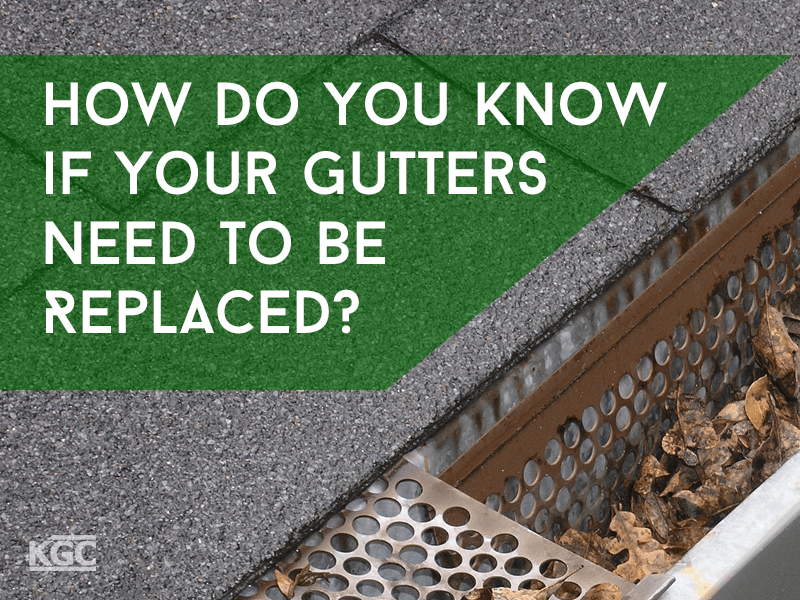-

·
How Do You Know if Your Gutters Need to Be Replaced?
Find out if it’s time to replace your gutters in order to defend your home against the elements and prevent more costly damages.

·
Find out if it’s time to replace your gutters in order to defend your home against the elements and prevent more costly damages.